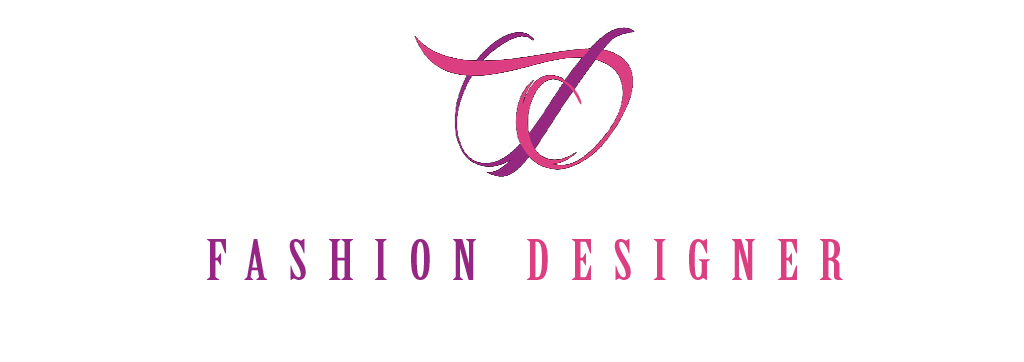,
Assess your skills and personality honestly before pursuing a career in fashion design. You may love clothes but clothing is only part of the story when undertaking fashion design. You'll also need excellent communication skills, a willingness to work very hard (often 24/7), a tough hide when criticized, an ability to cope with stress, openness to having many different clients and/or bosses, an acceptance that there will be loneliness or isolation on occasion (depending on how you set up your design business or career) and an ability to be a self-disciplined self-starter.
- Being a fashion designer is probably for you if: You want to devote your life to this career (it's your "vocation"), you don't mind uncertainty or insecurity, you are willing to stand up for what you believe in, you have distinct ideas about what is important in fashion, you listen to clients well, you know the fashion industry inside out and you live, eat and breathe fashion.
- Being a fashion designer is probably not for you if: You can't manage stress well, you don't like uncertainty or instability, you want a career without too many highs or lows, you need other people to praise your efforts, you need a lot of guidance, you hate being financially unstable and you have too many other interests in life.















